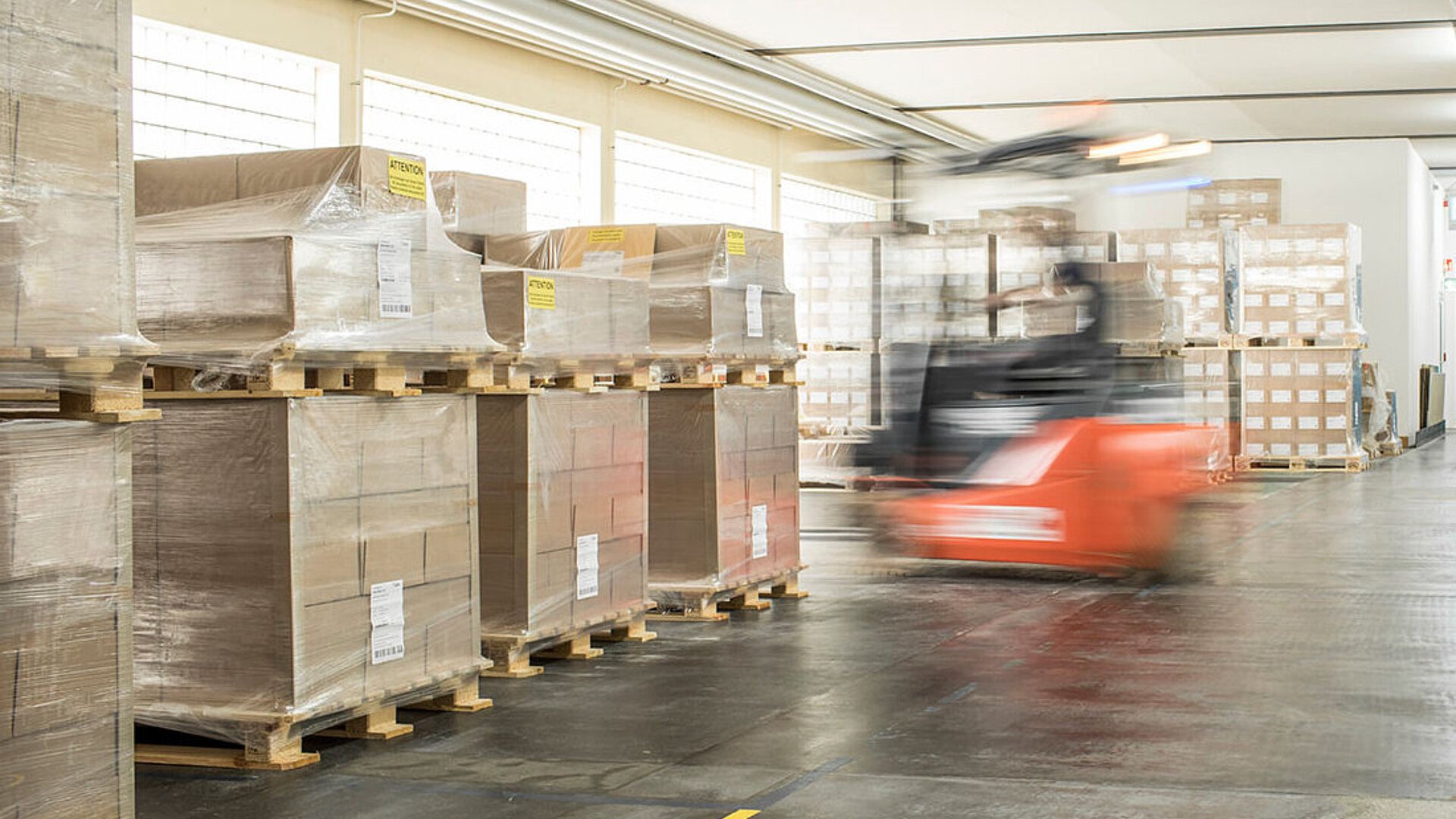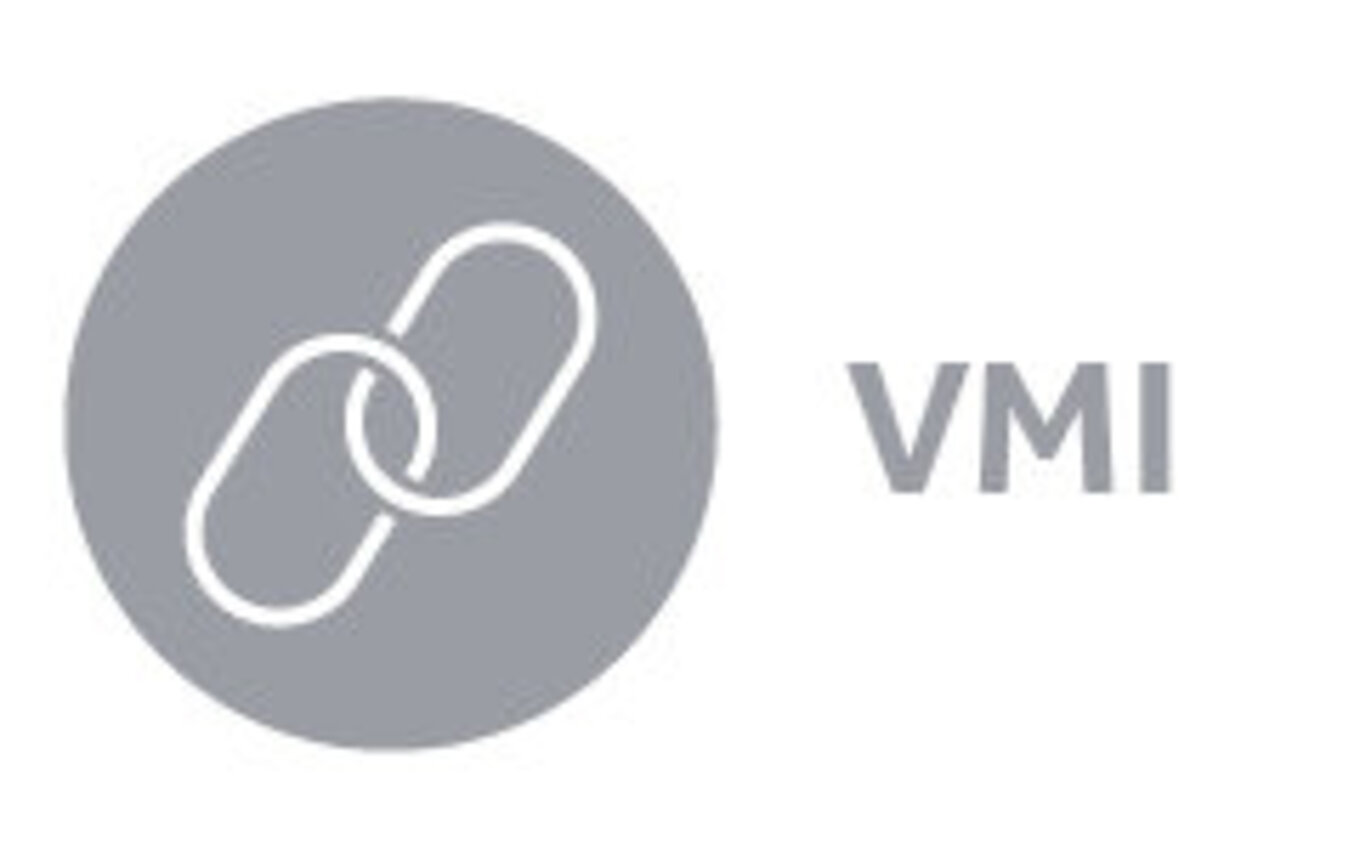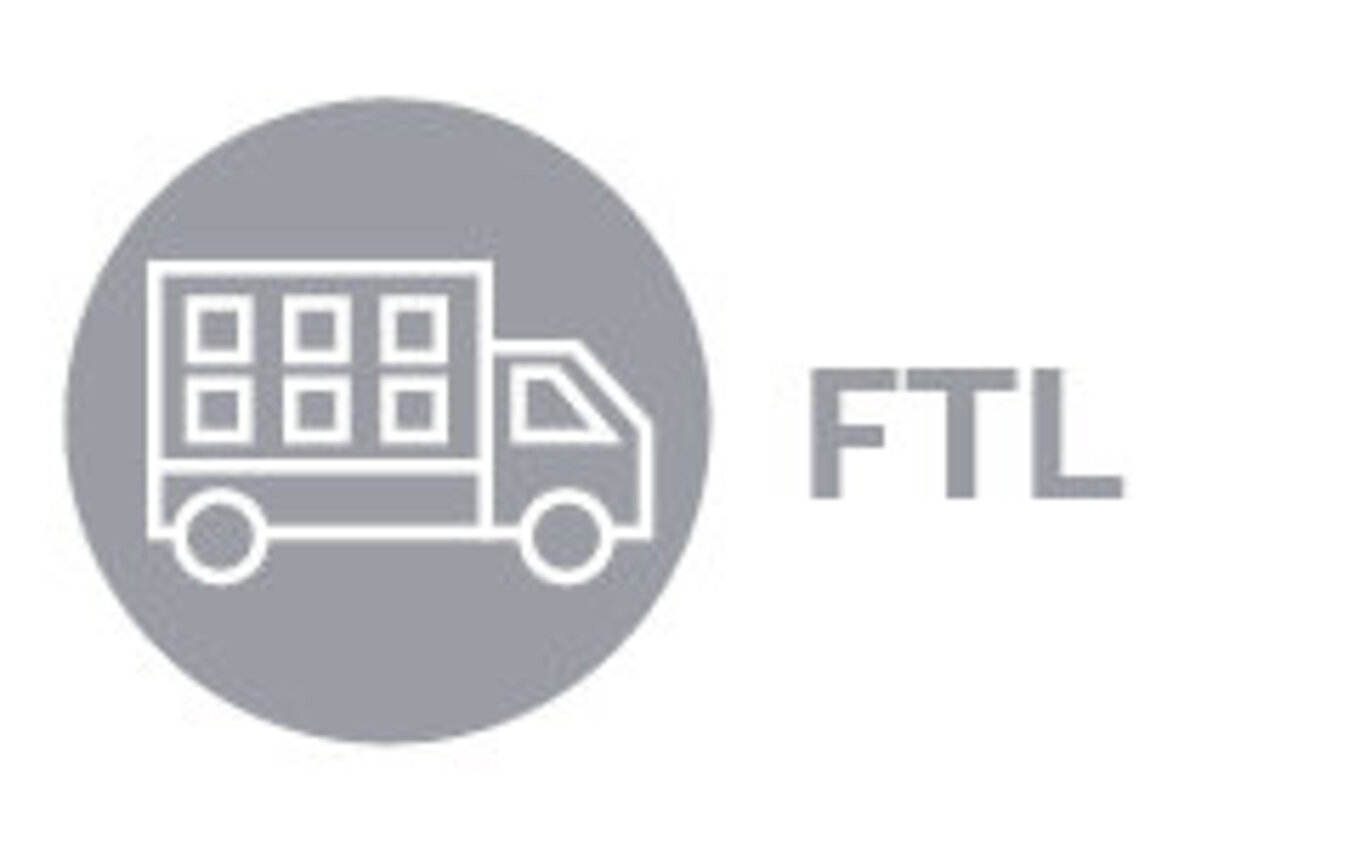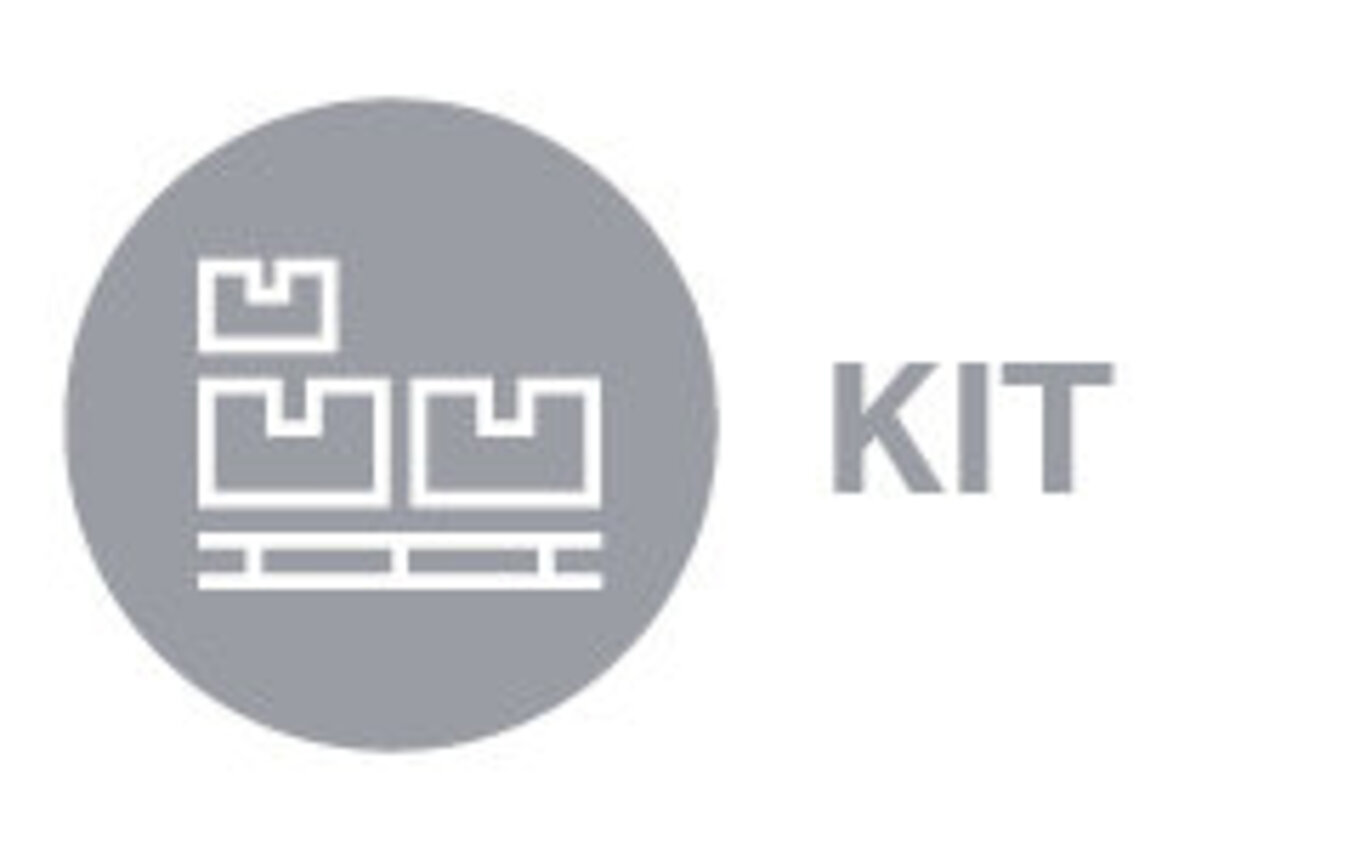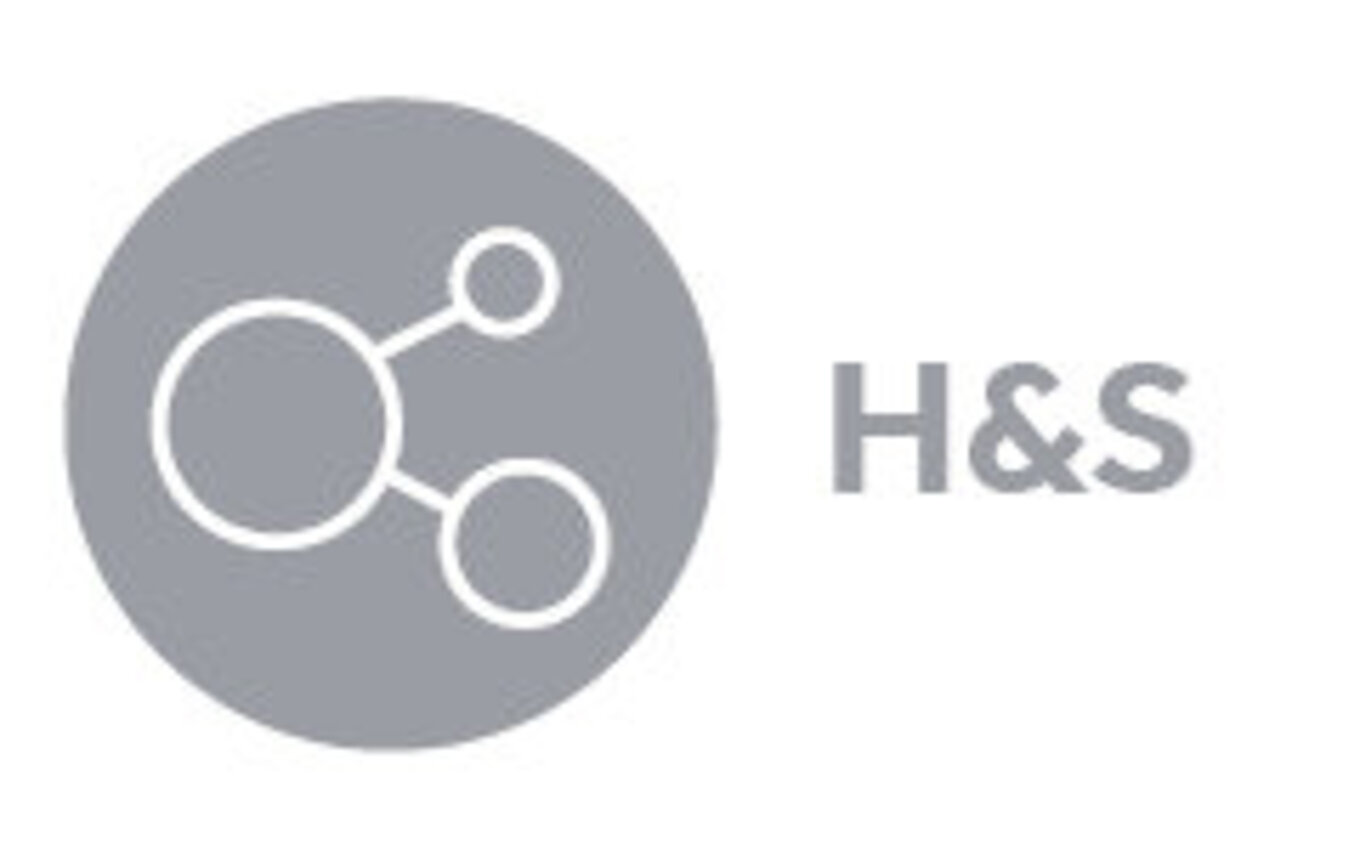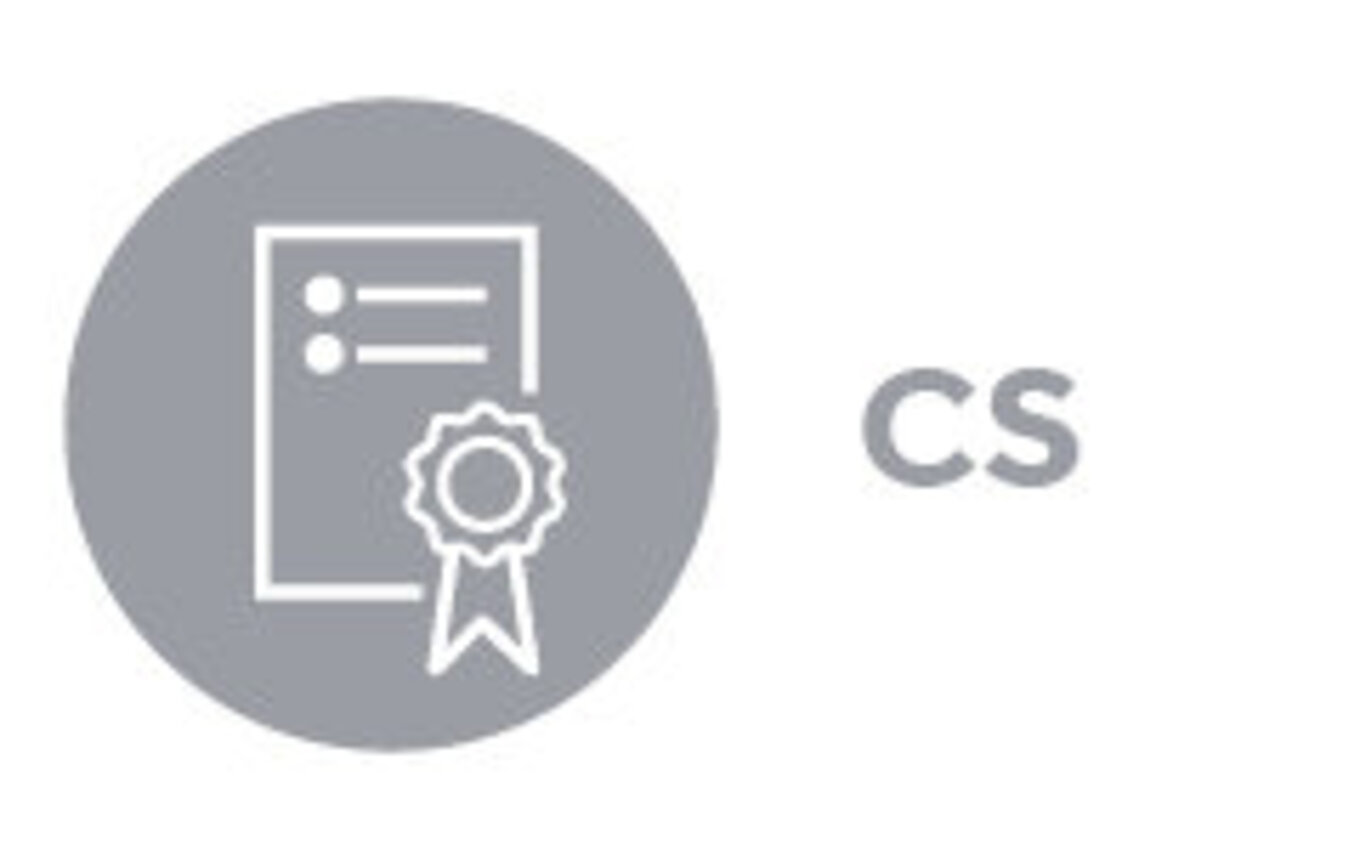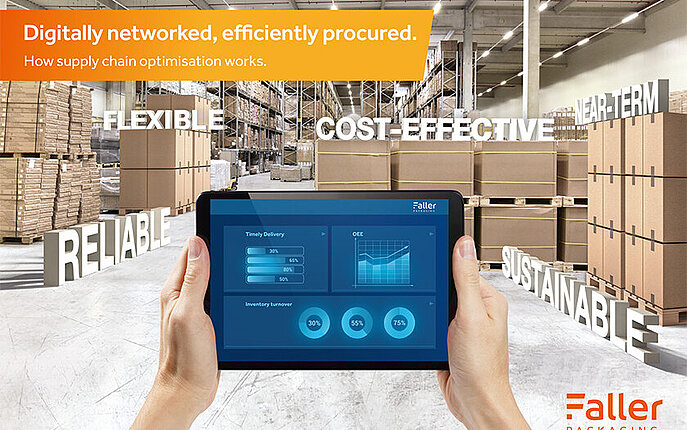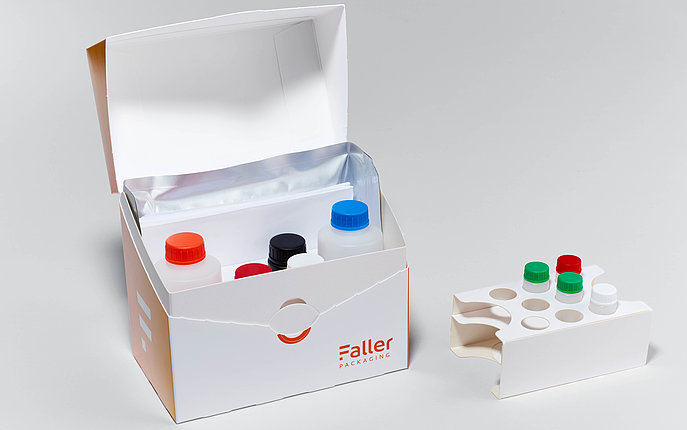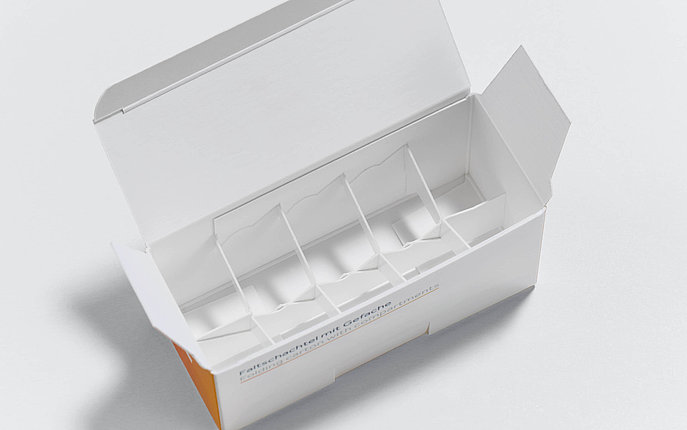Vendor Managed Inventory
With the principle of vendor-managed inventory (VMI), the supplier – in this case the packaging manufacturer – assumes complete responsibility for the inventory of its products with the customer.
The prerequisite for this is that the pharmaceutical company shares the inventory and sales figures for the articles in question with its supplier. Instead of contracts for individual orders, this data tells the packaging producer when which product is needed and in what quantity. It then arranges the corresponding production, allowing planning and efficient use of raw materials and capacities at an early stage.
Advantages for pharmacists:
This saves both time and money. Pharmaceutical manufacturers also benefit from the concept, as they can outsource a significant part of the complexity involved in procurement of secondary packaging materials and thus focus more on their actual value creation.
There is additional potential in combining VMI with other intelligent and digital supply chain approaches, from which, for example, even more comprehensive and accurate data can be generated.
Full truckload
Full truckload (FTL) is a logistics concept in which customer orders are not delivered as part of mixed truckloads as usual, but separately. The classic shipping route for packaging for the pharmaceutical and healthcare industries, for example, looks like this: A company orders the required packaging materials from its suppliers. These are produced and then shipped to the customer by freight forwarder. They are transported in mixed truckloads, sometimes with several logistics centres as intermediate stops. This results in a time-consuming process with frequent repacking and a high risk of damage.
Advantages for pharmacists:
The full truckload concept eliminates these difficulties by, for example, a packaging manufacturer grouping deliveries to its regular customers and delivering them as a separate truckload
– without stopovers and repacking.
On the one hand, this shortens delivery times, on the other, it is more cost-effective and sustainable, as less material is damaged and has to be destroyed. The prerequisite for this is that the corresponding order quantity is either already available or can be reliably predicted with the help of dependable forecast data.
KIT picking
Secondary packaging for pharmaceutical products usually consists of several components, for example folding cartons, adhesive labels and package leaflets. Although these are produced in different ways, they must ultimately be ready at the customer’s packaging line at the same time. It therefore makes sense to coordinate delivery of the individual products as effectively as possible – because if one item is delayed, the others also stand around unused and occupy valuable storage space.
This is where so-called KIT picking comes in handy. In this process, the packaging manufacturer assembles the components required for the respective order on a pallet while still in his own shipping warehouse, which is then shipped to the customer.
Advantages for pharmacists:
This makes the processes directly before packaging significantly faster and saves more space. The prerequisite for this is also the corresponding database, so that, for example, it is known in advance which folding cartons, labels and package leaflets will later belong to which product. Only in this way can the procurement processes be coordinated effectively.
This approach works particularly well if all the packaging components are also produced by the same manufacturer. However, products from different suppliers can also be picked in advance in bundled form to facilitate the work of a shared customer.
Hub and Spoke
The term “hub and spoke” in this context refers to the structure of manufacturing companies and the way in which orders are distributed and processed within that structure. If, for example, a pharmaceutical company orders a packaging solution from its supplier, it is initially received at a central location. However, this is usually not the place where the actual order is processed, but rather a higher-level platform that coordinates all further work steps. This is because packaging manufacturers – like most other companies – also have complex internal structures that transcend location and national borders.
By organising different manufacturing plants like spokes around a central hub, the manufacturer can quickly determine the best production strategy for each job and identify appropriate
capacity. In the next step, they are commissioned with partial or complete processing of the order. Even external resources such as subcontractors can be integrated into this concept.
Finally, the manufactured products are consolidated at another central location, for example a consignment warehouse, and prepared for shipment to the customer.
Advantages for pharmacists:
The advantage of a hub-and-spoke architecture is that information pathways and responsibilities are clearly defined and capacities within the corporate network are transparent at all times. Packaging manufacturers can thus process their orders particularly efficiently and quickly – this shortens lead times and increases delivery reliability. Functioning data exchange
not only between customer and supplier, but also within the company structure is the most important prerequisite for this.
Certified Supplier
Quality standards are particularly high in the pharmaceutical and healthcare industries. Manufacturers must subject all raw materials and product components supplied to stringent testing in order to comply with regulations such as GMP (Good Manufacturing Practice) – this also applies to packaging materials. Until now, packaging manufacturers have provided test documents for this purpose, which were enclosed with the respective delivery in paper form. However, in order to sift through these documents and check the incoming
goods for perfect quality, pharmaceutical companies have to allow for additional lead times, which unnecessarily lengthen the process before the actual packaging takes place.
Advantages for pharmacists:
Certified suppliers provide a remedy here. Nowadays, packaging manufacturers are not only able to transmit inspection documentation in electronic form and thus eliminate superfluous interfaces – they can also carry out the quality inspection themselves directly, even before shipment. To do so, they must be certified by the respective customer. This step may seem more costly at first, but it pays off significantly in the long run, especially with regular collaboration. When the tested goods arrive at the pharmaceutical manufacturer, the latter can use them directly on the packaging line without having to store them again. This saves a lot of time and work – and ultimately also money.
